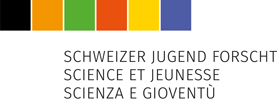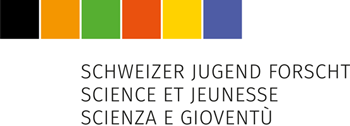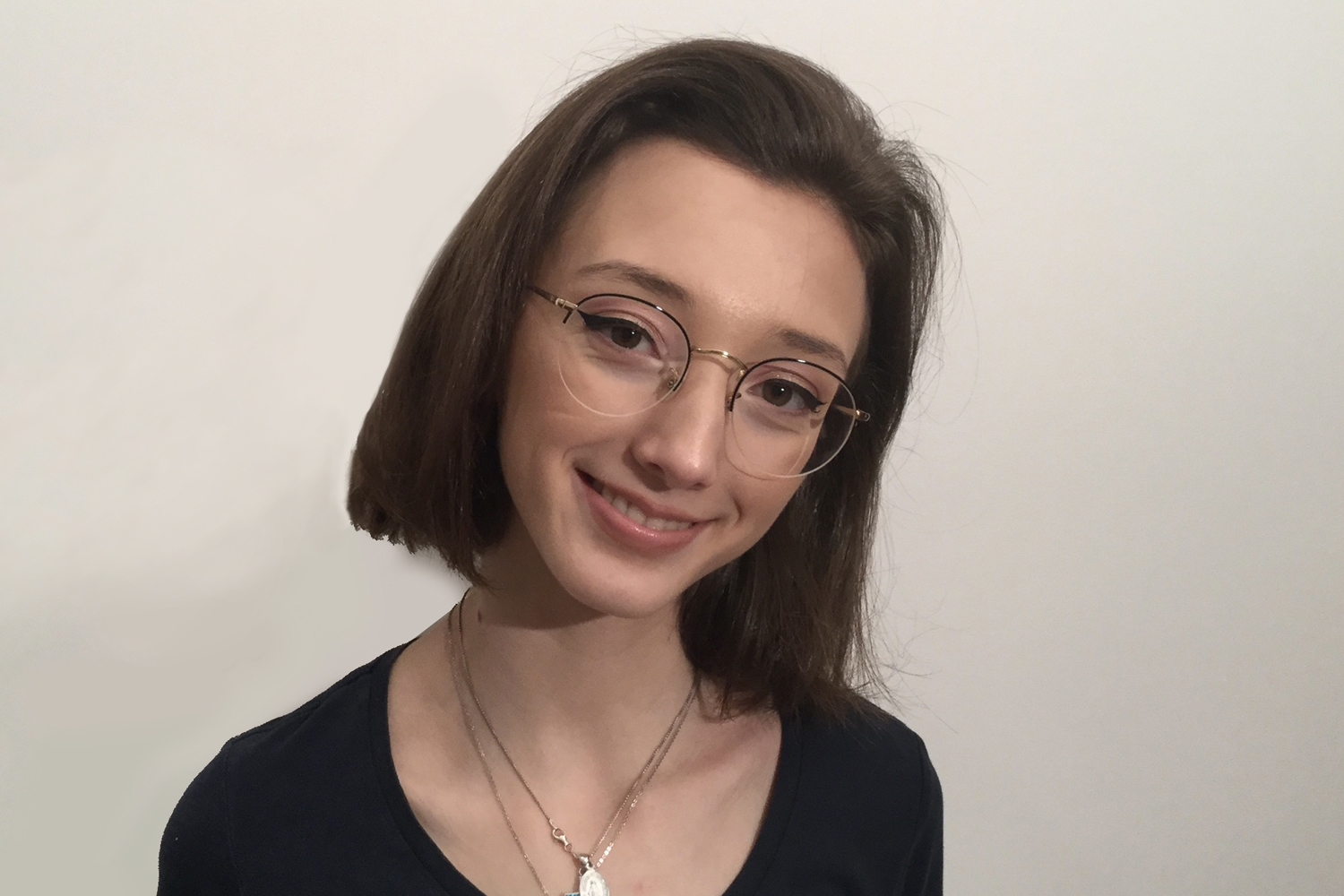Chimica | Biochimica | Medicina
Magalì Alluisetti, 2001 | Ponte Capriasca, TI
In the last decade the global photovoltaic market has experienced an incredible growth worldwide which has also been supported by many incentives offered by multiple countries. The attempts to modify the structure and composition of photovoltaic modules in order to create cheaper options have been numerous: in 1991 Michael Grätzel invented with his team of scientists the first Grätzel cell (DSSC). This solar cell besides being close to inexpensive and easy to fabricate, is capable to produce energy even in the absence of direct sunlight. The most amazing and revolutionary quality is its self-regeneration, which is still a fascinating and puzzling characteristic of these cells. After investigating the causes, it was possible to develop new long-lasting and better performing cells.
Argomento
Aiming to drive further studies of the DSSCs, this thesis investigates their self-regenerating qualities as well as the possibility of enhancing their efficiency rate. In order to address this question, the various components of the cells were tested under different conditions and multiple measurements were performed.
Metodologia
Thanks to a preliminary HPLC examination with an HP Agilent 1100, the initial anthocyanins’ composition of the dye was determined. The extract was then transferred in three samples which were conserved in different environment conditions (in the fridge at 4°C, in the dark at room temperature and exposed to the sunlight) and examined within a month. Once the degradation rate was established, six Grätzel cells were fabricated and their performances tested. The execution of the measurements took place also within a month and groups of two cells were conserved in the same conditions that had been previously assigned to the samples. After that a new biodegradable 1% agarose-based gel electrolyte was fabricated and tested on two cells which were analysed in the same fashion as the previous ones.
Risultati
The results of the HPLC analysis showed that the environmental conditions have little influence on the dye extract, since the three samples had similar degradation rates. A total of four cells gave proof of self-regenerating qualities. Throughout the measurements the DSSCs that were conserved in the fridge at 4°C were lacking efficiency and longevity; slightly better results were obtained for the cells kept in the dark. Only one of the cells exposed to the sunlight showed encouraging current’s and electric potential’s values. On the other hand, both cells fabricated with the agarose-based gel were better performing and their power conversion efficiency had doubled.
Discussione
The stability and longevity of the DSSCs is guaranteed by the electrolyte: during the measurements the temperature of the cells can reach 60°C, causing the evaporation of the liquid phase. Once the devices are moved to a more moderate environment its condensation is facilitated. The presence of the liquid phase was easily identifiable before the beginning of the analysis and its disappearance was clear during their course. The cell that showed the best results was indeed the one that maintained its internal hydration for the longest time. It is also to note that if the electrolyte is exposed to temperatures that are too low, the viscosity of the liquid phase increases, preventing the diffusion of the ions between the two electrodes. It can therefore be concluded that the fabrication of a gel electrolyte is extremely important to demonstrate how the constant hydration state of the cell is closely correlated to its performances, and how those can be improved.
Conclusioni
The self-regenerating quality of the DSSCs was investigated and new low-cost and better performing cells developed. To further improve the efficiency rate of the cells, future experiments should be conducted to establish how the type of anthocyanins and their concentration in the dye extract affect their performances. Furthermore new samples of the agarose gel should be prepared to find the best film forming concentration for an optimal functioning of the Grätzel cells.
Valutazione del lavoro espressa dall’esperto
Ing. Sandro Rezzonico
Nel lavoro proposto da Magalì Alluisetti l’unione di teoria e pratica sfocia in un’indagine innovativa. Lavorando con notevole entusiasmo ed impegno la giovane non si è solo limitata a ricercare le cause del ripristino del potenziale elettrico delle Celle fotovoltaiche di Grätzel, ma si è pure cimentata nello sviluppo di nuovi dispositivi. Ha affrontato con coraggio, acutezza e rigore metodologico tutte le sfide di un lavoro di ricerca scientifica. Inoltre sono lodevoli l’interesse mostrato verso le problematiche ambientali e il desiderio di promuovere l’utilizzo delle energie rinnovabili.
Menzione:
eccellente
Sonderpreis Odd Fellows – Taiwan International Science Fair (TISF)
Liceo di Lugano 2, Lugano-Savosa
Docente: PhD Gianmarco Zenoni



